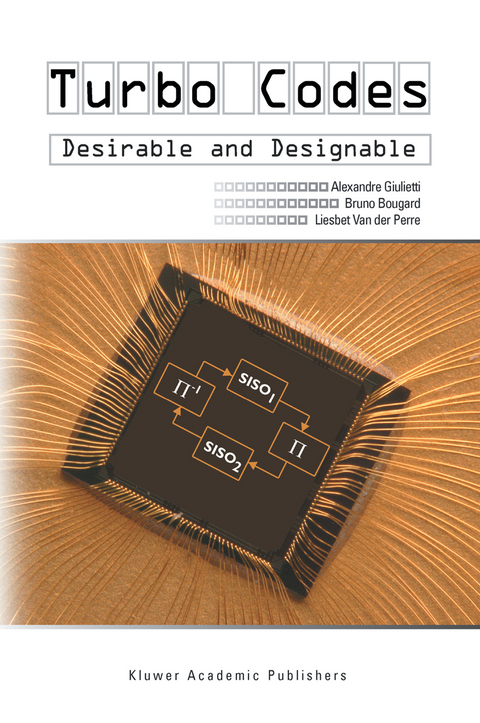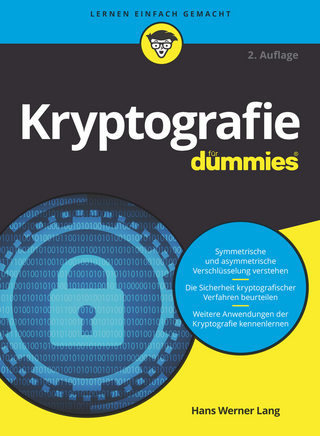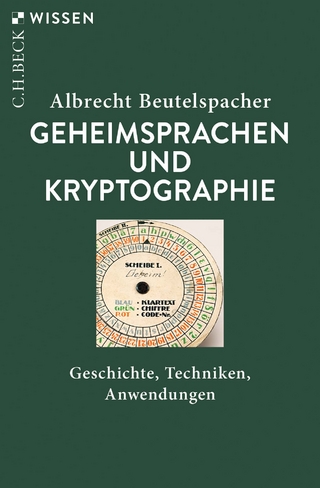
Turbo Codes
Springer-Verlag New York Inc.
978-1-4020-7660-2 (ISBN)
1: Turbo CodesIntroducing the communication problem they solve, and the implementation problem they create.- 1.1. A communication and Microelectronics perspective.- 1.2. Turbo codes: desirable channel coding solutions.- 1.3 Conclusions.- 1.4 References.- 2: Design Methodology: The Strategic PlanGetting turbo-codes implemented at maximum performance/cost.- 2.1 Introduction.- 2.2 Algorithmic exploration.- 2.3 Data Transfer and Storage Exploration.- 2.4 From architecture to silicon integration.- 2.5 Conclusions.- 2.6 References.- 3: Conquering the MapRemoving the main bottleneck of convolutional turbo decoders.- 3.1 Introduction.- 3.2 The MAP decoding algorithm for convolutional turbo codes.- 3.3 Simplification of the MAP algorithm: log-max MAP.- 3.5 MAP architecture definition: systematic approach.- 3.6 Conclusions.- 3.7 References.- 4: Demystifying the Fang-Buda AlgorithmBoosting the block turbo decoding.- 4.1. Introduction.- 4.2. Soft decoding of algebraic codes.- 4.3. FBA Optimization and Architecture Derivation.- 4.4. FBA-based BTC decoder performance.- 4.5. Conclusions.- 4.6. References.- 5: Mastering the InterleaverDivide and Conquer.- 5.1. Introduction.- 5.2. Basic elements of the interleaver.- 5.3. Collision-free interleavers.- 5.4. Case study: the 3GPP interleaver and a 3GPP collision-free interleaver.- 5.5. Optimized scheduling for turbo decoding: collision-free interleaving and deinterleaving.- 5.6. References.- 6: T@MPO CodecFrom theory to real life silicon.- 6.1. Introduction.- 6.2. Positioning oneself in the optimal performance-speed-cost space.- 6.3. Design flow.- 6.4. Decoder final architecture.- 6.5. Synthesis results.- 6.6. Measurements results.- 6.7. T@MPO features.- 6.8. References.- Abbreviations list.- Symbol list.
| Zusatzinfo | XII, 150 p. |
|---|---|
| Verlagsort | New York, NY |
| Sprache | englisch |
| Maße | 155 x 235 mm |
| Themenwelt | Informatik ► Theorie / Studium ► Kryptologie |
| Technik ► Elektrotechnik / Energietechnik | |
| ISBN-10 | 1-4020-7660-6 / 1402076606 |
| ISBN-13 | 978-1-4020-7660-2 / 9781402076602 |
| Zustand | Neuware |
| Haben Sie eine Frage zum Produkt? |
aus dem Bereich


